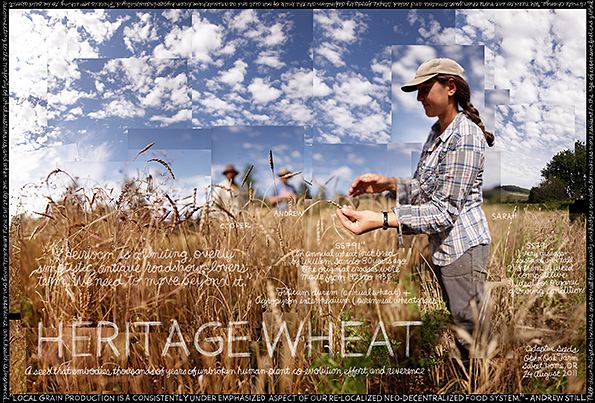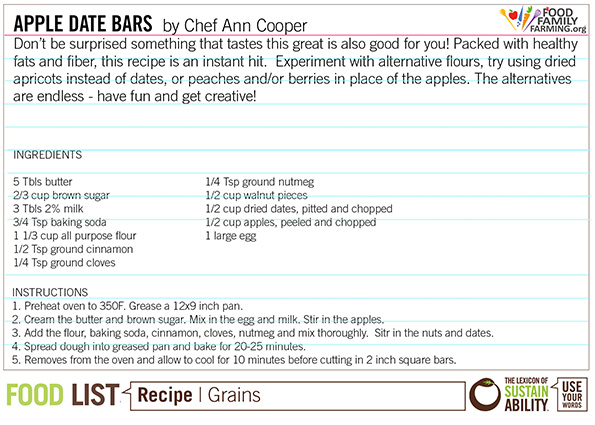
Heritage #grains embody thousands of years of human-plant co-evolution. @deliciousliving @lexiconproject #foodlist
Grains: Modern wheat may be under fire because of what we've done to it, but grains are still a basic element of a healthy diet. “Local grain production is a consistently underemphasized aspect of our re-localized food system,” says Andrew Still of the Seed Ambassadors Project. “It increases our overall food security and hedges our bets to make us more reliant in the age of expensive fuel and global climate change. We need to eat more than just tomatoes and salad. Staple foods by definition are the bulk of our diet, and as a result have been hyper-industrialized.”
The answer? Going back to heritage grains and avoiding the industrialized versions we're used to eating. Heritage grains are from seeds that embody thousands of years of unbroken human-plant co-evolution, effort, and reverence.
Title: Heritage Wheat
Location: Open Oak Farm, Sweet Home, OR
Featuring: Sarah Kleeger, Andrew Still, Cooper Boydston of Adaptive Seeds
S791, pictured here, is an annual wheat first bred by William Sando 80 years ago. The original crosses were made from 1923 to 1935 between friticum durum (an annual wheat) and afropyron intermedium, a perennial wheat grass. SS791 is very disease-resistant and extremely weed competitive, making it ideal for organic growing conditions.
Short film:
As consumers learn about the difference between whole wheat and white bread, they get to know their local baker. Throughout the country, there are quite a few bakers using heritage grains. One of them, David Bauer of Farm and Sparrow Bakery in Asheville, North Carolina, works with local farmers to provide his customers with greater options, including bread made from identity-preserved grains—grains that tell a rich story about the wheat you’re eating, how it was grown, and where.
'Wicked Wheat': Why gluten intolerance is on the rise
From the time we first learn about nutrition in elementary school, the idea of “grains” taking up the majority of space at the bottom of the food pyramid comes to mind. Wheat's primary protein, gluten, can be found in more food varieties than you might imagine. While gluten allergies were once rare, they’re now growing in many age groups. Check out The Green Divas' research on why this is happening.
Recipe: Apple Date Bars by Chef Ann Cooper
These apple date bars are a healthy, hearty snack that can be easily modified with alternative flours, preferred fruits, and more.
What's your favorite ancient/heritage grain? How do you work healthy grains into your diet on a daily basis? Tell us in the comments below, and follow us for more on grains throughout the week.
For the past three years, the Lexicon of Sustainability has sought out the foremost practitioners of sustainability in food and farming to gain their insights and experiences on this important subject. What began as a photography project to spread their knowledge has grown to include short films, study guides, traveling shows, a book, and a website where people can add their own terms to this ever-evolving lexicon. See more at www.lexiconofsustainability.com.

